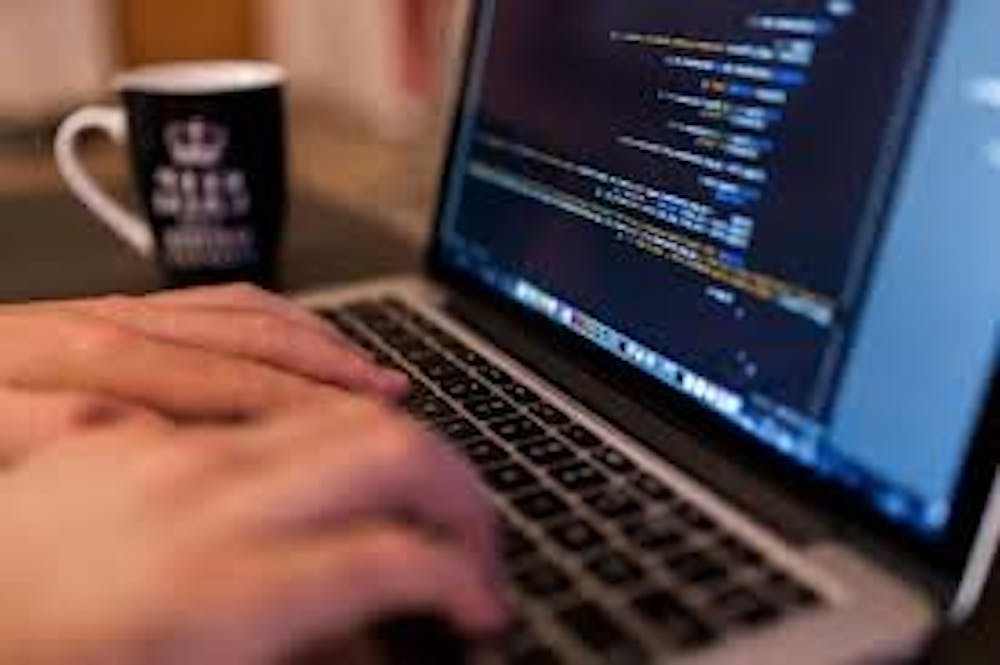It is a well-established and often taught principle of evolution that new genes are introduced into the gene pool through both random mutations as well as introgressions. Introgressions are insertions into the gene pool through crossbreeding with another species (or related group).
So-called introgressions occurred at various points in the human evolutionary chain when other proto-human species (such as Neanderthals and Denisovans) mated and formed hybrids with the modern human Homo sapiens. There is plenty to suggest that this theory of proto-human species interbreeding is indeed true; DNA evidence shows that up to four percent of today’s Eurasian human genome is derived from Neanderthal genetics, and up to six percent of the modern Melanesian genome is derived from Denisovan genetics.
However, there is new evidence to suggest that H. sapiens interbred not only with these two commonly-recognized species, but also with a third previously unknown common ancestor, according to researchers from the Universitat Pompeu Fabra in Spain and the University of Tartu in Estonia.
“Our novel analytical approach... supports a model of human evolution in which the OOA [Out of Africa] populations have had introgression not only from Neanderthals and Denisovans, but also from a third, related group, still genetically and archaeologically uncharacterized,” the researchers wrote in a study published in Nature Communications.
When the researchers found that the evolutionary and genomic datasets were far too complex to analyze with current statistic tools, they turned to a new field of computation, artificial intelligence (AI).
Lead author Oscar Lao of the Centro Nacional de Análisis Genómico (CNAG-CRG), commented on the new method.
“We have used this property to get the algorithm to learn to predict human demographics using genomes obtained through hundreds of thousands of simulations,” Lao said in a press release.
“Whenever we run a simulation we are travelling along a possible path in the history of humankind. Of all simulations, deep learning allows us to observe what makes the ancestral puzzle fit together.”
The novel method, ABC-DL, was described in the study published by the researchers. The technique involves using deep learning methods in order to elucidate patterns which would once have been too complex for any human to sort through. ABC stands for Approximate Bayesian Computation, a statistical evaluation method that generates the likelihood for various possible distributions of a group of items by analyzing each possibility, and DL, which stands for deep learning, a new machine learning strategy that gives new power to the ABC model.
Author Jaume Bertranpetit explained how different human ancestors bred with one another.
“We know that from [about 80,000 years ago] onwards, modern humans cross bred with Neanderthals in all the continents, except Africa, and with the Denisovans in Oceania and probably in South-East Asia, although the evidence of cross-breeding with a third extinct species had not been confirmed with any certainty,” Bertranpetit said, according to ScienceDaily.
But these computational and statistical advances have proved vital in finding the missing link in human evolutionary ancestry. The researchers concluded that this group of hominids most likely descended from Neanderthal and Denisovan populations. While this would be hard to support without fossil evidence, archaeologists discovered a hybrid Neanderthal/Denisovan fossil last summer. While this was then thought of as an isolated case, scientists now believe there may be more such fossils yet to be discovered.





